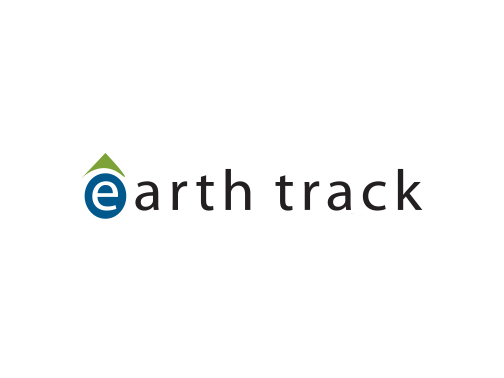Harvard Management Company (HMC), which manages Harvard University’s nearly $42 billion endowment, released its first Climate Report in February 2021.
As the largest university endowment in the world, decisions Harvard makes to tangibly and materially reduce the climate impact of its investments will garner significant attention around the world and provide space for many other institutions to make similar moves. Further, the school has the scale and the stature to coordinate with other institutional investors and accelerate the pace of financial innovation across asset classes to more effectively integrate climate-related criteria. The reverse is also true: when Harvard does little or nothing, it provides an excuse for other institutions to delay restructuring as well.
Read Earth Track's detailed review of HMC's Climate Report here
The issue of decarbonizing the endowment has been discussed for years, though with very little real change in investments. Perhaps as a result, Harvard Faculty of Arts and Sciences (FAS) formally voted 179 to 20 to support divesting the portfolio of fossil fuel assets at their February 2020 meeting. The vote included an amendment to decarbonize the entire endowment in accord with IPCC climate projections. Thus, the FAS faculty also voted to decarbonize the endowment.
At the time, Harvard President Larry Bacow committed to bringing the faculty motion to the Harvard Corporation for consideration. Bacow summarized the Corporation’s response in a June 2020 written communication. It read, in part:
Harvard’s endowment should be a leader in shaping pathways to a sustainable future. With this in mind, the Corporation has directed the Harvard Management Company (HMC) to set itself on a path to decarbonize the overall endowment portfolio—a move in step with the final element of the resolution adopted by the Faculty in February. In particular, the Corporation has instructed HMC to develop a strategy for the endowment to achieve net-zero greenhouse gas emissions from the portfolio by 2050. This will require developing sophisticated new methods for measuring emissions associated with the investment portfolio and then for systematically reducing them across the full breadth of the portfolio. We believe that this approach, which considers the investment portfolio as a whole, rather than simply targeting the suppliers and producers of fossil fuels, is the right one for the University to pursue.
The first public step along that strategic process was to be the creation of a public climate report by HMC. There were some positive elements to, and disclosures in, the report. However, its scope and depth were underwhelming; so too were the framing and reporting choices made by HMC. Key changes needed include:
- Convert the Climate Report from an ad hoc policy summary to a rigorous presentation of progress and challenges. HMC should formalize that the Climate Report will be an annual publication, with a specific release date. Additional changes:
- Like a financial report, the annual Climate Report should include a standardized set of sections, including both qualitative and quantitative. This will ensure consistent and comparable reporting over time.
- Report authors and reviewers should be listed individually all future documents. Any advance approval by parties outside of HMC and its climate team for data included in the report needs to be disclosed.
- For each third-party organization to which HMC or Harvard has joined to leverage its decarbonization effort, the Report needs to include the data reported to that organization, which data elements are not made public, specifics on why that data has retained confidentiality restrictions, and options to address those constraints going forward.
- The Report needs to include a section on the available financial and personnel resourced to achieve the net zero targets, an evaluation of its adequacy, and a plan to rectify shortfalls if they exist.
- Robust interim targets. Harvard needs to set formal interim targets and reporting milestones during CY2021 that map out its path to net zero by 2050. Milestones need to include not only emissions, but disclosure transparency on holdings and company-engagements as well.
- Full transparency on holdings. Company-level (not fund-level) disclosure of endowment positions across all asset classes should be implemented as soon as possible. During 2021, HMC should provide a listing of each asset class, what information is already available to others – whether released in financial filings or assembled by third-party data providers like PitchBook and Preqin, and outline a path to present investment-level holdings for all asset classes to the public via the HMC website. While there may be appropriate guardrails on when something is released or in what form, HMC needs to present a plan to go from no-release to full look-through transparency.
- Modernize shareholder committees. Harvard needs to update its oversight shareholder committee structure, first implemented nearly 50 years ago, to reflect the current investment environment, and to summarize its recommendations in a publicly released white paper.



